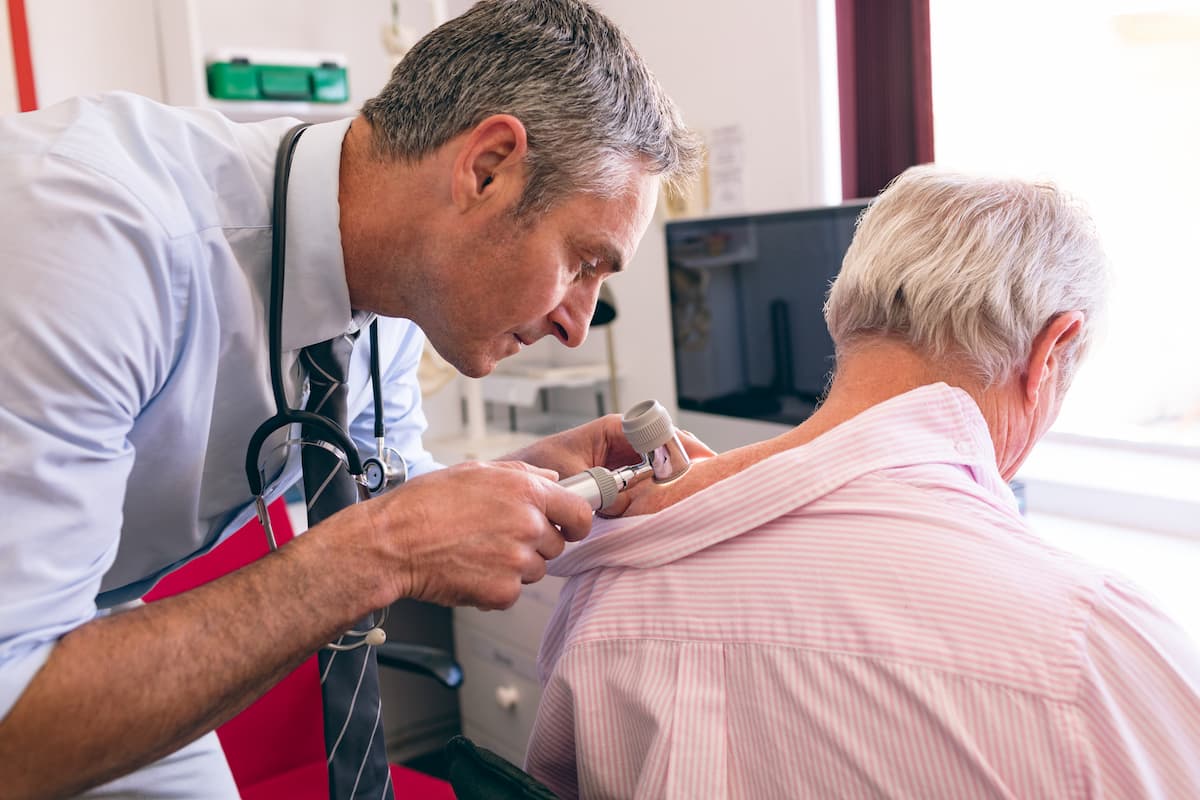Article
Body Surface Area May Predict Risk of Psoriatic Arthritis in Patients With Psoriasis
Author(s):
Greater body surface area was shown to correlate with an increased risk of psoriatic arthritis development in patients with psoriasis, with obesity and depression also identified as risk factors.
Body surface area (BSA), an objective measure of psoriasis severity, may serve as a strong predictor of psoriatic arthritis (PsA) development in patients with psoriasis, according to study findings published in Rheumatology.
In the management of patients with psoriasis, severity measurement via BSA has proved to correlate with risk of other chronic diseases, such as coronary artery disease and diabetes, as well as mortality risk.
Moreover, limited research suggests psoriasis severity could be a potential risk factor for PsA, a common and impactful comorbid condition that affects up to 30% of patients with psoriasis.
“PsA is a chronic inflammatory arthritis that can cause significant disability. The early identification of PsA is important to improving long-term outcomes, including decreased radiographic damage and improved response to therapy,” said the study authors.
Citing early identification of PsA as a challenge, the researchers sought to explore whether psoriasis severity, as measured by BSA, could assist in risk-stratifying patients with psoriasis. They conducted a population-based cohort study of data derived from The Health Improvement Network on patients with psoriasis aged 25 to 60 years.
Participants with a code for psoriasis in the database were randomly selected between 2008 and 2011 for the study, with questionnaires sent to respective general practitioners to confirm the diagnosis of psoriasis and provide the patient’s approximate BSA (N = 8881; mean [SD] follow-up, 4.2 [2.1] years).
Incidence of PsA was calculated by BSA, and Cox proportional HRs were used to examine the risk of developing PsA by BSA categories of less than 3%, 3% to 10%, and greater than 10%, which represented mild, moderate, and severe psoriasis, respectively.
In addition to assessing the link between psoriasis severity and PsA development, the researchers evaluated biologically relevant covariates in the final model for PsA risk, including obesity, depression, and metabolic comorbidities.
Of the questionnaires included in the final analysis, 52% had mild psoriasis, 36% had moderate psoriasis, and 12% had severe psoriasis. Incidence of PsA was found to be 5.4 cases per 1000 person-years, with development of PsA occurring in 73 patients with mild psoriasis, 75 patients with moderate psoriasis, and 35 patients with severe psoriasis during the observation period.
After adjusting for age and sex, a significantly greater risk of PsA development was found in patients with moderate and severe psoriasis compared with patients with mild psoriasis, as well as in those with obesity and depression:
- BSA greater than 10% vs BSA less than 3% (HR, 2.01; 95% CI, 1.29-3.13)
- BSA 3% to 10% vs BSA less than 3% (HR, 1.44; 95% CI, 1.02-2.03)
- Obesity (HR, 1.64; 95% CI, 1.19-2.26)
- Depression (HR, 1.68; 95% CI, 1.21-2.33).
“This study demonstrates that a combination of relatively common risk factors can be used to approximate risk for PsA in patients with psoriasis in primary care clinical practice,” concluded the study authors. “These data inform which patients may be at highest risk for PsA such that a patient’s presentation with joint complaints may warrant further work-up for inflammatory arthritis.”
Reference
Ogdie A, Shin DB, Jon Love T, Gelfand JM. Body surface area affected by psoriasis and the risk for psoriatic arthritis: a prospective population-based cohort study. Rheumatology (Oxford). Published online September 11, 2021. doi:10.1093/rheumatology/keab622




